
Naughty Dog co-founder Jason Rubin and Vicarious Visions game director Dan Tanguay on the perfect first level
Crash lies face down on the sand of a tropical shore, washed over by the surf. At first it seems an inauspicious introduction to one of the most popular videogame characters of all time, but in a moment he pulls himself up, revealing a huge pair of expressive eyes and exaggerated eyebrows, and gives a wicked grin. He scratches his head, smirks again and launches into a manic spin, settling with his back to the camera, ready for action.
Ahead lies N. Sanity Beach, Crash Bandicoot’s first level. Trees, rocks and tiki statues stand at crazy angles, a beautiful cartoon world ready for you to run into.
Playing a next generation character
This was the state of the art. On Crash Bandicoot’s launch in 1996, 3D was in its infancy and so was the PlayStation, just a year old. Until now, 3D games had looked simplistic and angular, their characters barely characters at all, but Crash Bandicoot was something new.
“We wanted a stunning opening, something lusher than anything you had seen in 3D before,” says Jason Rubin, who co-founded Crash Bandicoot’s developer, Naughty Dog. “The other thing we wanted to do was introduce you to Crash. In our estimation, Crash was the first three-dimensional character action hero.”
Crash Bandicoot managed to bring all the character of classic 2D games into 3D, using those first few seconds to flaunt what made him special.
“We had him go through a sequence of facial animations that showed that he had a full range of emotions,” says Rubin, who now works at VR maker Oculus. “From that point on, every time he died, you saw emotion. When he finished a level, or got a gem, you’d see a different emotion. It seems basic now, but back then it was magical.”
How levels were built in PlayStation’s early days
Though it’s the first you play, N. Sanity Beach wasn’t the first level the young Naughty Dog built.
The team, only eight people at its largest size during Crash Bandicoot’s development, made dozens before they tackled the one that would introduce new players to Crash’s world. It meant that they had a good knowledge of what was possible on the hardware so it could be as lush as possible.
Just as Crash was about making a 3D character, the game was about making a 3D platformer, allowing players the chance to not only run left and right, but also in and out of the screen. N. Sanity Beach’s path twists and turns, lined by rocks and ferns that capture the feeling of heading into deep jungle.
At one point, it forks, giving access to a hidden challenge. For a first level, there’s lots to get your head around, especially for an audience that was new to 3D play.
“There’s a great progression to the level,” says Dan Tanguay, game director of Crash Bandicoot’s remake at developer Vicarious Visions.
“The beach feels safe, and as we begin adventuring further into this angular, off-kilter jungle, things get a lot more dangerous and challenging. Just as importantly, the tempo of the music kept pushing us forward to try again if we died.”
How Crash Bandicoot looked so good
“The hard part was getting it into framerate,” says Rubin. The game’s levels were made on Silicon Graphics workstations, computers dedicated to developing computer graphics.
Rubin doesn’t remember who modelled N. Sanity Beach, but it was either himself, Bob Rafei or Taylor Kurosaki, and its clean and colourful textures were by the only texture artist on the team, Charlotte Francis Morgan.
Overnight, the workstations would crunch the level the team made during the day, performing the complicated process of working out what areas were hidden from view by things – a tree or wall – in front of them. If they’d never be seen, they’d be removed from the level geometry so the PlayStation wouldn’t have to draw anything except what was totally necessary.
“But if anything went wrong, say a bad tree or a missing texture, you had to start over. Another six to eight hours,” says Rubin. “Change a pit? Six to eight hours. Doesn’t run at frame rate? Six to eight hours. And then once everything was done, we’d figure out a new trick to get more out of the PlayStation, and we’d start over again.”
Every level in the game was constantly being changed, right up to the end of development. “It was a nightmare, but this process let us get more out of the PlayStation than our competitors. It was the secret sauce. The secret, annoying, painful, sauce, but it worked.”
Remaking Crash Bandicoot
Tanguay’s work in refactoring Crash for PS4 has given him the unique opportunity to witness that secret sauce. “One of the hallmarks of the original games was that they were technological marvels,” he says. His team used the game’s original level geometry to stay true to the original while rebuilding it from scratch in a modern game engine.
It’s a process that also showed him something that he’d never realised before: that there are two ways of dealing with N. Sanity Beach’s most challenging feature.
Crash Bandicoot awards a white gem to players who can smash every crate on a level, but N. Sanity Beach makes a bunch of them tricky to get. Towards the end, if you go to the right when the path forks, you’ll find a chasm which you can cross using a bridge made from crates. How to destroy the crates without falling to your death?
For most, it’s a matter of carefully bouncing on each crate as you cross the bridge. Missing the last crate and falling into the chasm has legitimately caused millions of howls of exasperation.
But Tanguay realised a second strategy. If you can collect three Aku-Aku masks, an item that absorbs a hit, you’ll get a period of invulnerability which destroys crates as you touch them. Tanguay realised that the level is designed in such a way that it gives you just enough time to cross the bridge before the invulnerability runs out.
It’s an example of the quiet attention to detail that lies under the cartoon excess and colour of N. Sanity Beach, a level that introduced to the world a brand-new game hero, born in the earliest days of 3D and still a star today.
Read more in the Classic Levels Deconstructed series
- Horizon Zero Dawn’s thrilling Redmaw battle – Lead quest designer David Ford and machine design lead Dennis Zopfi talk the ultimate machine hunt
- The beautiful brutality of Doom’s Lazarus Labs – creative director Hugo Martin and game director Marty Stratton on one of the PS4’s shooter’s best levels



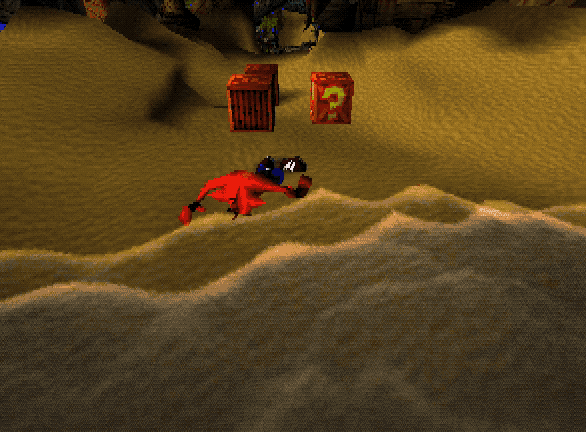
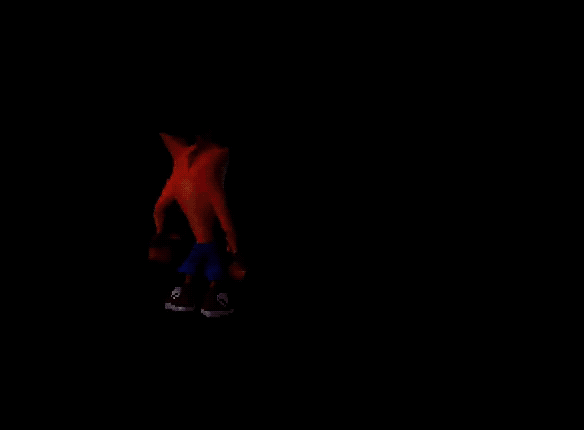
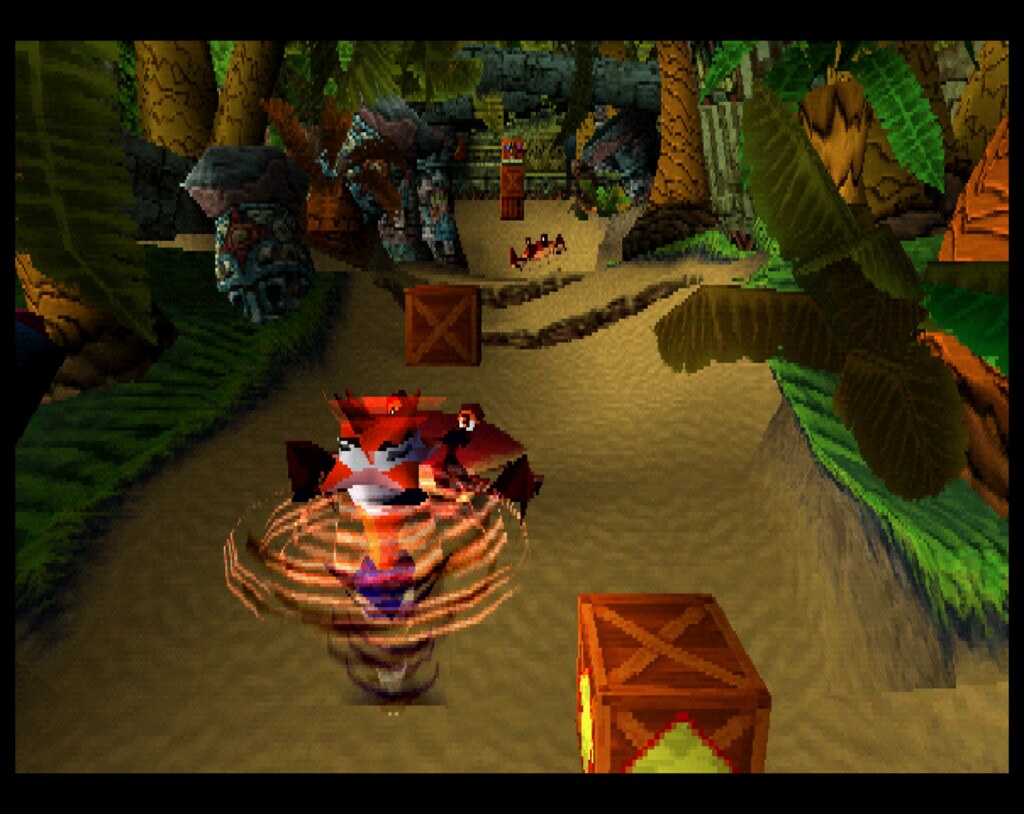
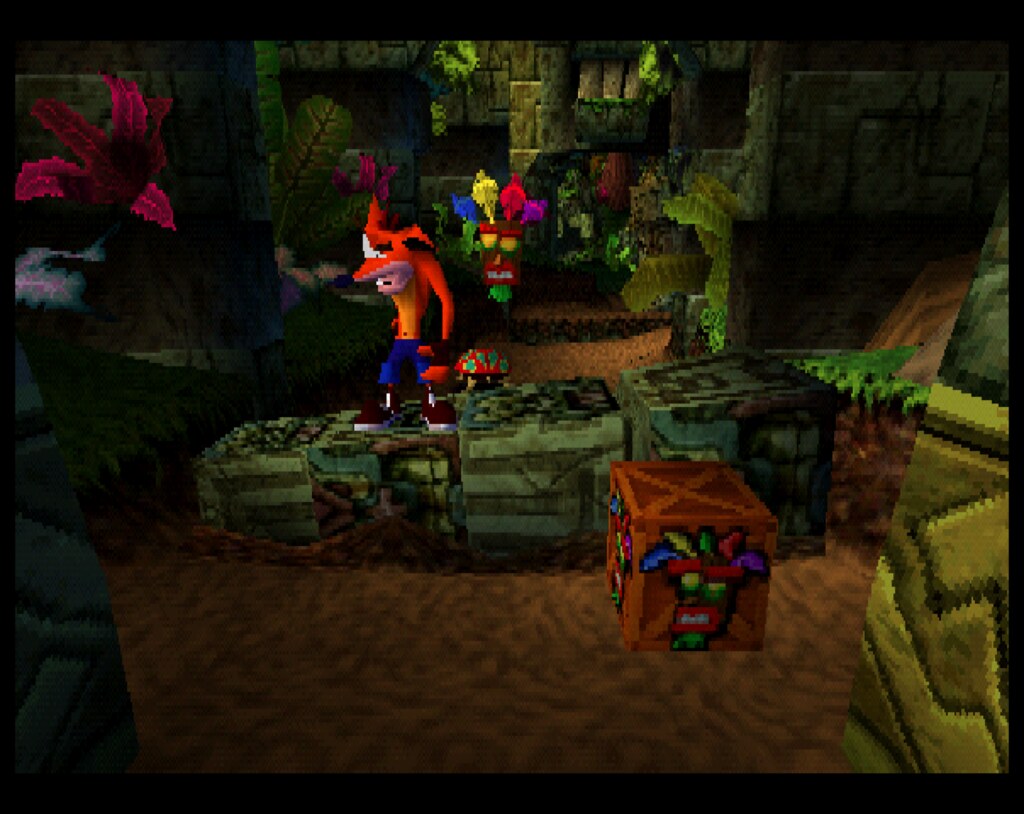
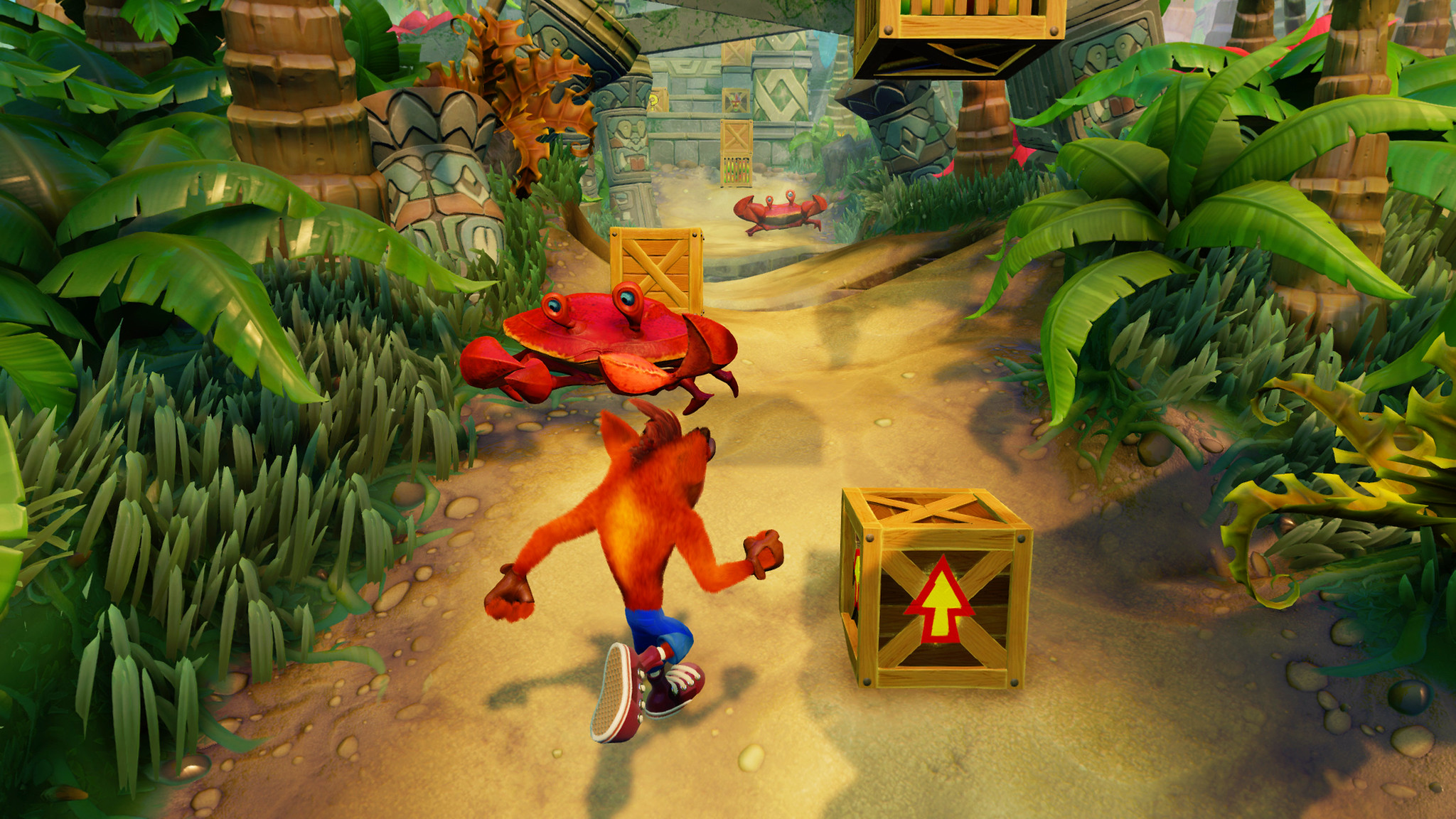








Join the Conversation
Add a CommentBut don't be a jerk!
3 Comments
Loading More Comments